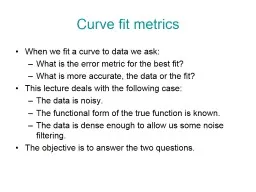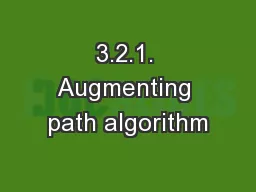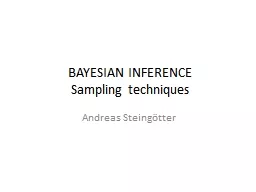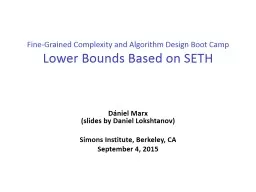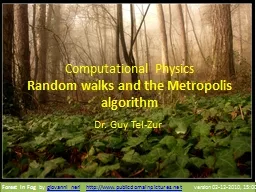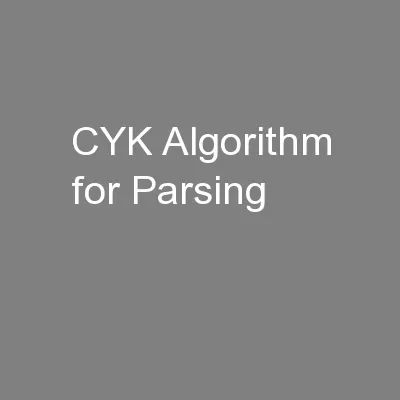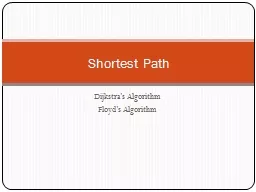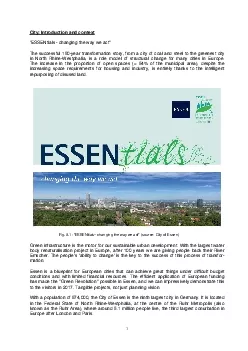PPT-Metropolis Algorithm
Author : tawny-fly | Published Date : 2017-05-18
Matlab practice Matlab code taken from Professor Joo Ho Choi He applied it to with proposal distribution Nx10 Matlab code for that give in the notes Here applied
Presentation Embed Code
Download Presentation
Download Presentation The PPT/PDF document "Metropolis Algorithm" is the property of its rightful owner. Permission is granted to download and print the materials on this website for personal, non-commercial use only, and to display it on your personal computer provided you do not modify the materials and that you retain all copyright notices contained in the materials. By downloading content from our website, you accept the terms of this agreement.
Metropolis Algorithm: Transcript
Download Rules Of Document
"Metropolis Algorithm"The content belongs to its owner. You may download and print it for personal use, without modification, and keep all copyright notices. By downloading, you agree to these terms.
Related Documents

